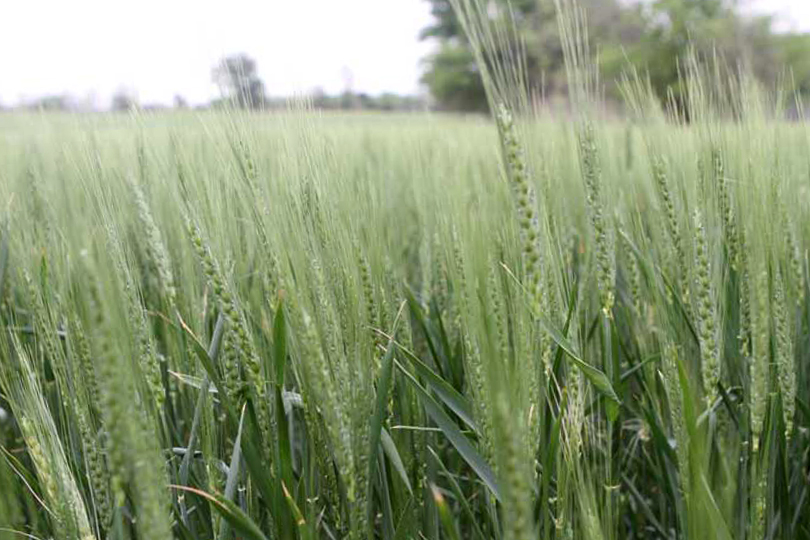By Jennifer Dorsett
Field Editor
The U.S. Department of Agriculture (USDA) has new crop insurance coverage options this year designed to accommodate the wide variety of crops and cultivation practices across the United States.
Beginning with the 2020 crop year, farmers that double-crop some of their soybeans—but not the entire soybean crop—can purchase separate policies, depending on how those crops are cultivated. Wheat farmers, who frequently grow separate winter and spring wheat crops, now have similar options, as well.
In Texas, one of the changes with the most potential impact is the Enhanced Coverage Option (ECO). For the first time, many farmers will be able to buy an endorsement covering a portion of their deductible.
The new option must be purchased as an endorsement to Yield Protection, Revenue Protection, Revenue Protection with Harvest Price Exclusion, Actual Production History or Yield-Based Dollar Amount of Insurance policies. ECO offers farmers a choice of 90- or 95-percent trigger levels, meaning the percentage of expected yield or revenue at which a loss becomes payable.
Although ECO premiums may be more expensive, it’s a cost that some farmers will find worthwhile.
“ECO provides coverage on a portion of your deductible where losses are more frequent, so your premium will reflect that higher risk,” according to USDA’s Risk Management Association’s online factsheet.
Thirty-one crops, including Texas commodities like cotton, wheat, corn, peanuts and grain sorghum, will be available under ECO starting with the 2021 crop year. Additional crops will be added in the future based on producer interest and data availability, according to RMA.
Also new this year are enhancements to Livestock Risk Protection (LRP) insurance.
Improvements to LRP include increasing livestock head limits for feeder and fed cattle to 6,000 head per endorsement and 12,000 head annually. The old limits were 2,000 head per endorsement and 4,000 head per year.
For swine, the new limits are to 40,000 head per endorsement and 150,000 head annually. The old limits were 10,000 hogs per endorsement and 32,000 per year. The endorsement length for swine also is being extended to 52 weeks.
RMA modified the requirement to own insured livestock until the last 60 days of the endorsement and is creating new feeder cattle and swine classifications to allow for unborn livestock to be insured.
“We’ve seen a lot of fluctuation in the livestock sector from the pandemic and various repercussions throughout the industry from situations with meatpacking plants,” Brant Wilbourn, Texas Farm Bureau (TFB) associate director of Commodity and Regulatory Activities, said. “We are pleased to see RMA making these improvements to their products so farmers and ranchers can better manage their risks.”
These moves follow the agency’s announcement late last year that hemp would be eligible for Multi-Peril Crop Insurance (MPCI).
Wilbourn said the new products and increased flexibilities are a sign the agency is closely listening to farmers’ and ranchers’ concerns and addressing them when developing the next year’s program.
“We’re encouraged to see insurance available for farmers who grow such a new crop like hemp,” he said. “Texas farmers need more crop options, and it’s beneficial to have a safety net, especially when growing a new crop, in case something happens to the crop that year. RMA has made big strides in addressing farmers’ and ranchers’ needs in crop and livestock insurance products.”
USDA is also considering changes for the Pasture, Rangeland, Forage (Rainfall) Insurance program in 2022.

